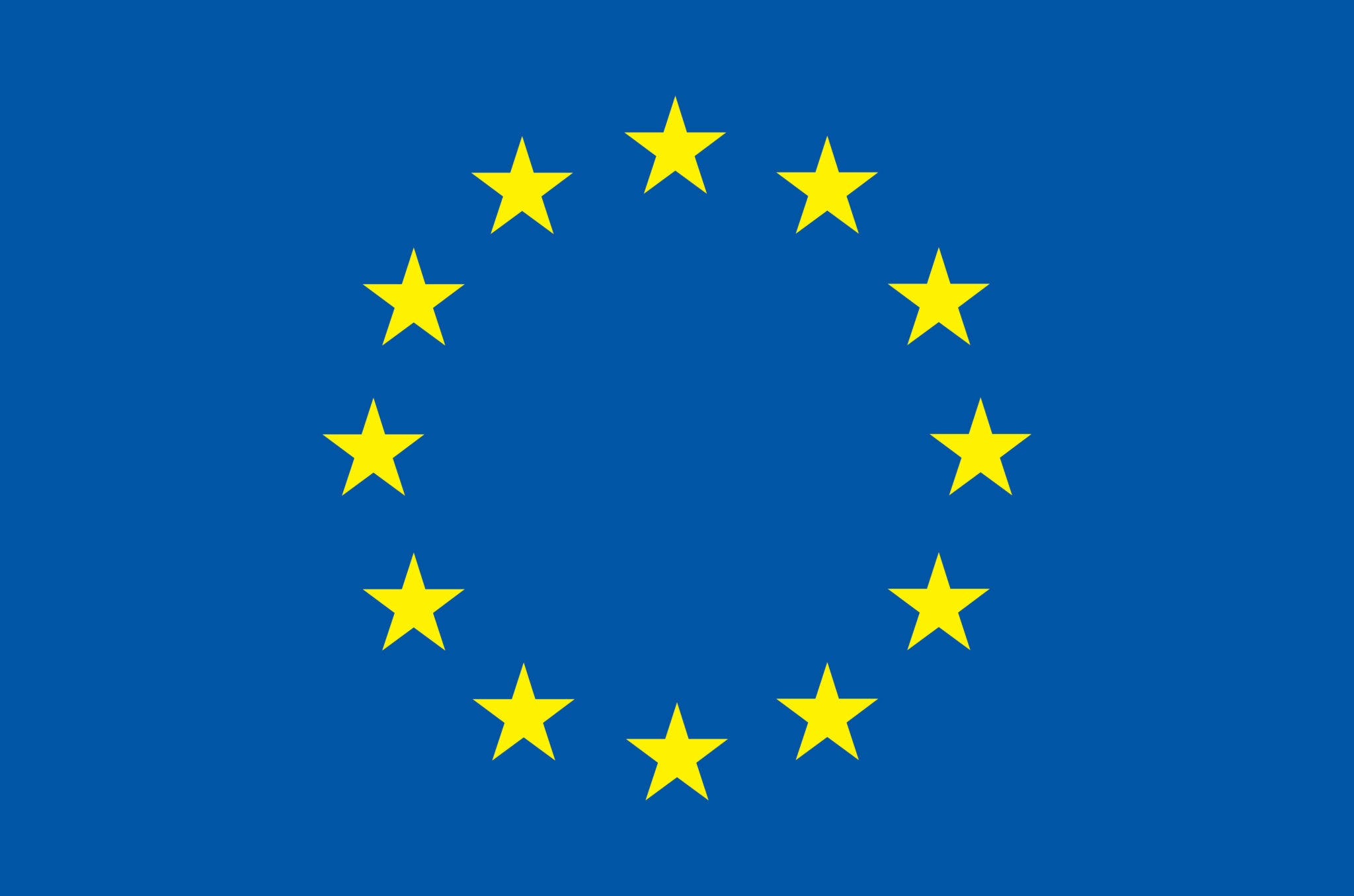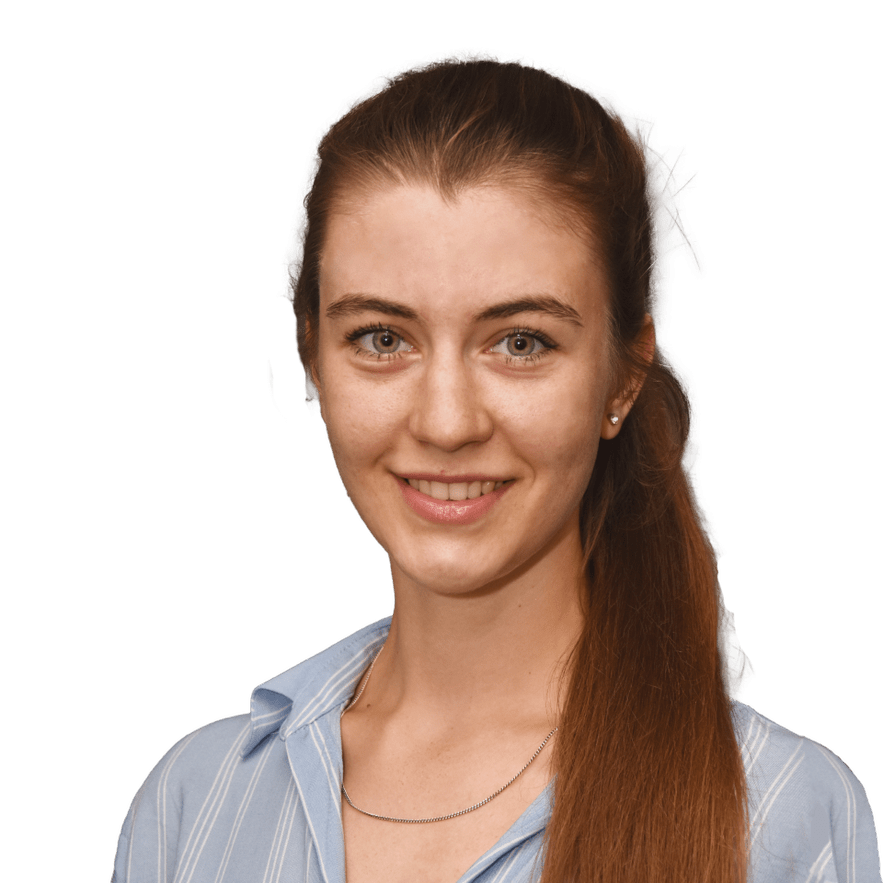Dorota Sarwinska
The best thing about the AGePOP project is that 11 ESRs, young scientists, work together on one big issue – medications for the older population. I feel honoured to be part of the AGePOP working group and to have a chance to gain new information about drug absorption and conditions in the gastrointestinal track of this specific population of patients.
ESR 6: The real-life dosing conditions of geriatric patients
Host institution: University of Greifswald, Germany
Supervisors: W.Weitschies (UG), A. Seidlitz (UG), J. Mann (AZ)
Research project in AGePOP
The goal of the study is to learn how elderly patients take their medications with respect to food, drink, and possible drug-form manipulations. Data obtained in this study will be used to enrich the age-appropriate biorelevant in vitro tools and in the future, to develop new age-appropriate medications.
Key results
The main results from both questionnaire studies demonstrated that, on average, older adults were using 100–120 mL of non-carbonated water for drug administration, which is less than recommended by regulatory authorities. Another common fluid for drug intake was black tea, which can be a factor that influences drug release from dosage forms. The main ingredient of the typical breakfast and dinner of older adults in Poland, as well as Germany, was bread. This also influences the conditions for drug absorption. The results from further studies indeed demonstrated the influence of black tea on gelatine capsules in vivo, where the capsules’ opening time was significantly extended. HPMC capsules were affected in vitro; however, in vivo, the capsules remained unaffected by dosing conditions, which makes them a more robust dosage form. Gastric emptying was also not significantly affected by the temperature or black tea. It is important to understand the real-life ways in which older adults take medications. The data may be further used for other simulations and studies in vitro and in silico, in order to develop safer and more effective medications for older adults using a patient-centric approach.
Scientific background
Dorota Sarwinska studied Pharmacy at the Medical University of Gdańsk, Poland. During her studies, she developed in the pharmaceutical field by undertaking internships, for example in an analytical laboratory at the pharmaceutical company Polpharma (Starogard Gdański, Poland) and at the Bulgarian Scientific Pharmaceutical Laboratory in Sofia, Bulgaria (laboratory of drug compounding). During these internships, she gained further knowledge of analytical methods, drug quality control, and drug compounding, particularly for children.
Dorota Sarwinska completed her master’s thesis as part of an Erasmus+ project at the Centre of Drug Absorption and Transport at the University of Greifswald. Her thesis was in the field of Pharmaceutical Technology. In her research, she used Hot Melt Extrusion and FDM 3D printing methods to produce minitablets for paediatric use.
In May 2021, Dorota Sarwinska received her Master of Pharmacy degree, which enabled her to begin PhD studies in Germany in July 2021 and continue her development in the scientific field.
During her PhD at the University of Greifswald, Dorota Sarwinska worked on real-life dosing conditions in older adults and their influence on orally administered medications. In her research, she developed a wide range of skills to conduct various studies—from questionnaire-based research with older adults in Germany and Poland, to laboratory work using in vitro tools, and conducting a clinical study involving twelve healthy volunteers.
Her industrial placement at AstraZeneca in Macclesfield further enhanced her development in the pharmaceutical field. All the studies she undertook contributed to the acquisition of versatile skills and knowledge essential for her future career.
About Dorota Sarwinska
Dorota Sarwinska was born and studied in Gdansk, a city in Northern Poland. Science and learning were always important for her. She knew that she wanted to work in a scientific field. Pharmacy was the perfect opportunity because it binds two crucial aspects. Not only can pharmacists work in pharmacies and advice patients, but they can also do scientific work in laboratories and be involved in research. The possibility of taking part in research, which may lead to inventions that can help people, is one of the reasons why Dorota Sarwisnka chose pharmacy as her educational path.
Publications
- Krause, J., Müller, L., Sarwinska, D., Seidlitz, A., Sznitowska, M., Weitschies, W. (2021) 3D Printing of Mini Tablets for Pediatric Use. Pharmaceuticals, 14, pp. 143. DOI: 10.3390/ph14020143
- Sarwinska, D. (2021) Ekstruzja na goraco – wiele możliwosci dla przemysłu farmaceutycznego. Świat Przemysłu Farmaceutycznego, 2/2021, pp. 28-31.


